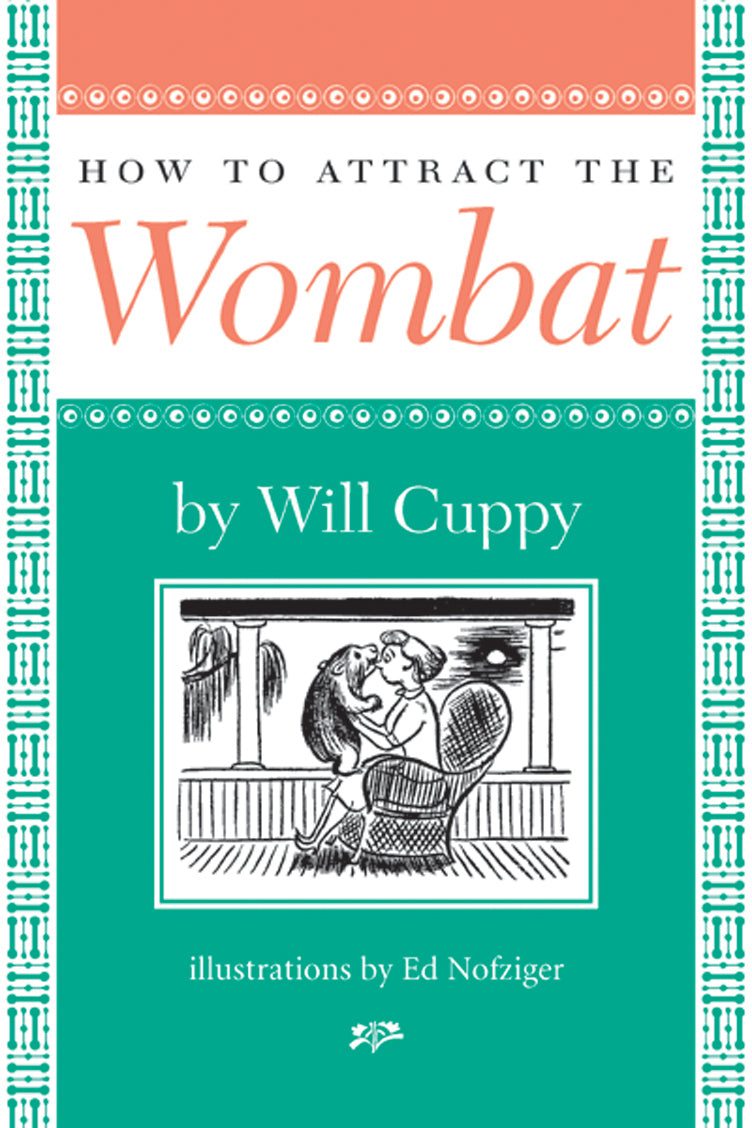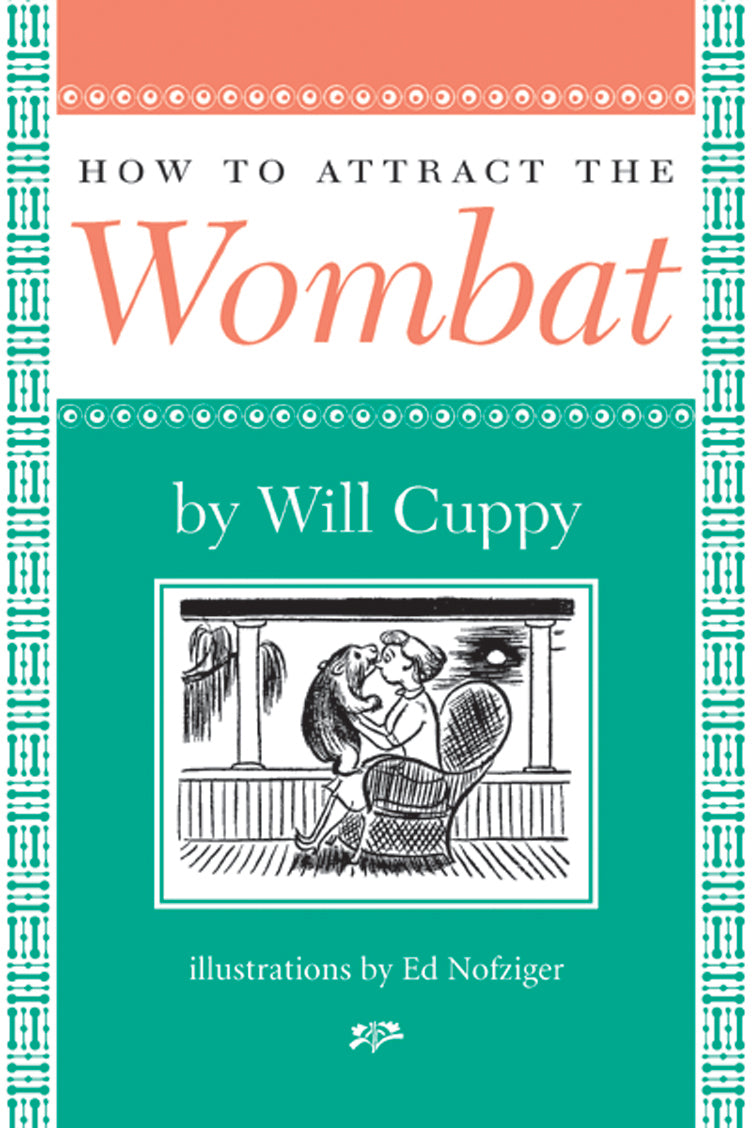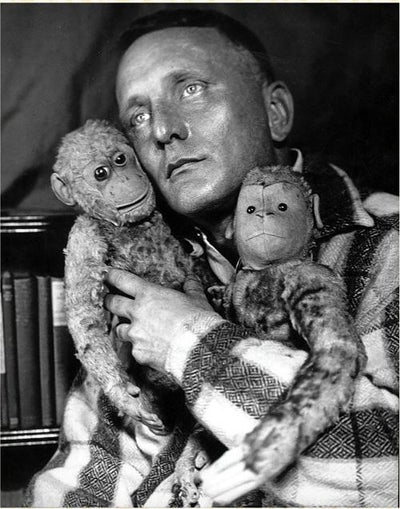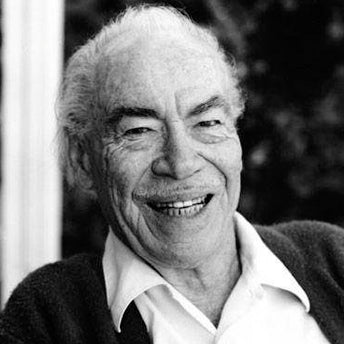
Will Cuppy is one of the greatest humorists this country has produced and is still (despite eleven printings of his imperishable The Decline and Fall of Practically Everybody) too little known. Here is one of his three classic "How-To's," considering notable birds and animals whose habits (and often existence) seem to have disturbed Cuppy ("Birds Who Can't Even Fly," "Optional Insects," "Octopuses and Those Things"), as well as more mundane creatures like the frog, the gnat, and the moa, who have no visible vices but whose virtues are truly awful. Spanning the breadth of the animal kingdom, Cuppy neatly classes his observations for easy reference: Problem Mammals, Pleasures of Pond Life, Birds Who Can't Sing and Know It.
Included with 50 shorter pieces are longer meditations like 'The Poet and the Nautilus," "Swan-upping, Indeed!" and "How to Swat a Fly," which codifies the essentials of this simple activity in ten hilarious principles. All this, plus over 100 delightful Nofziger drawings!
But the seat of honor is, of course, occupied by the Wombat, the nocturnal star of three essays. Whether asleep in Rossetti's silver epergne or tunneling under the lawn, the wombat never fails to fascinate Cuppy, clearly supplying his alter ego for the animal kingdom.


